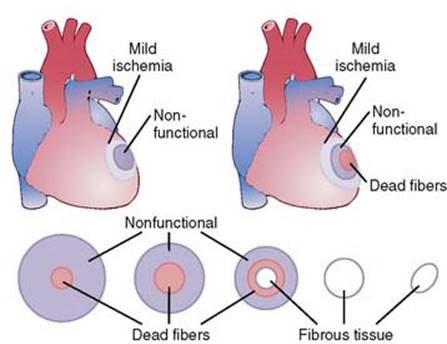
For many years the conventional wisdom held that the primary function of the human heart was to pump the blood that was pumped through the body. The flowchart above summarises the main flow of blood throughout the human body, including the major arteries, veins, and capillaries that are to pass through the process.
The first step in this flow is the transfer of the blood to the ventricles, which is the point at the top of the heart where the heart beats. The next stage of the circulation of the blood is the exchange of oxygen for carbon dioxide that occurs at the lungs. It is here that the pulmonary valve contracts and opens and it is here that carbon dioxide is exchanged for oxygen. The last part of the circulation of the blood is the exit through the arterial vein, which is an artery.
It has been discovered that there are three types of cells in the heart, namely the myocardium (which is the inner layer of the heart) the cardiorespiratory system (the system responsible for pumping the blood through the body), and the endocardium (which is the outer layer of the heart). The cardiac muscle and diaphragm together form the muscular network that is responsible for delivering blood to the different organs of the body.
The contractility and relaxation of the cardiac muscle are dependent on two factors, namely the contractility and relaxation of the heart valves. The two are controlled by a single enzyme that is present in the muscle. The heart valves act as semi-permeable membranes that keep the blood flowing in the arteries of the heart from the heart through the valves to the rest of the body.
As blood flow in the body slows down, the muscles relax and contract, increasing the number of contractions and decreasing the degree of relaxation. Here's how exercise can help you lose weight.
If you have weak or damaged heart valves, you may find that your doctor will recommend surgery to repair the damage. However, there are ways to reduce the risk and prolong the life of damaged heart valves by exercising regularly and following a healthy diet.
If you have valve problems, it can block blood flow through these three main arteries, and you may develop blockage or embolism. orrhage, when a blood vessel bursts, causing severe damage to internal organs. It can be caused by the formation of a blood clot in a vein or around the walls of an artery.
This can occur either from a blood clot, which is a blood clot or blockage, or from a blood clot that forms around the walls of the coronary arteries. A blood clot is not a very serious problem, but a blockage can cause the wall of the arterial wall to collapse, which can cause a coronary artery aneurysm, a very serious condition.
A blood clot, which is a blood clot, can form between the wall of the coronary artery and the lining of the aortic valve. This causes a blockage, and if left untreated, the walls can slowly crumble, leaving the heart with permanent hardening of the walls and aneurysms.
A blood clot forms at the site of the aneurysm and forms a sheath around the walls of the coronary arteries. It gradually dissolves after it has become stuck, so that the pressure within the heart decreases.
This reduction in the pressure in the coronary arteries results in a decrease in the amount of oxygen that is carried through the arteries leading to the lungs. As the oxygen supply decreases, you breathe more heavily and feel faint.
Exercise and eating healthily are two ways to help to improve the quality of your life. You may also want to consider taking medication, such as cholesterol lowering drugs to lower the level of bad LDL cholesterol, which is the type that is responsible for the production of plaque in the arteries.